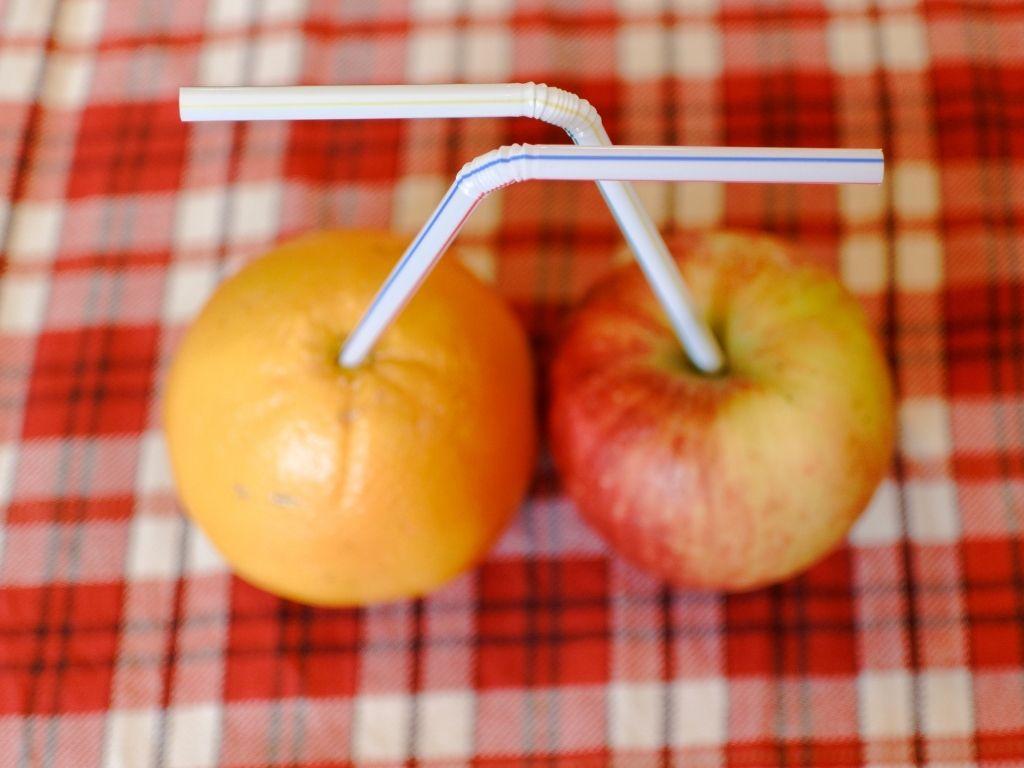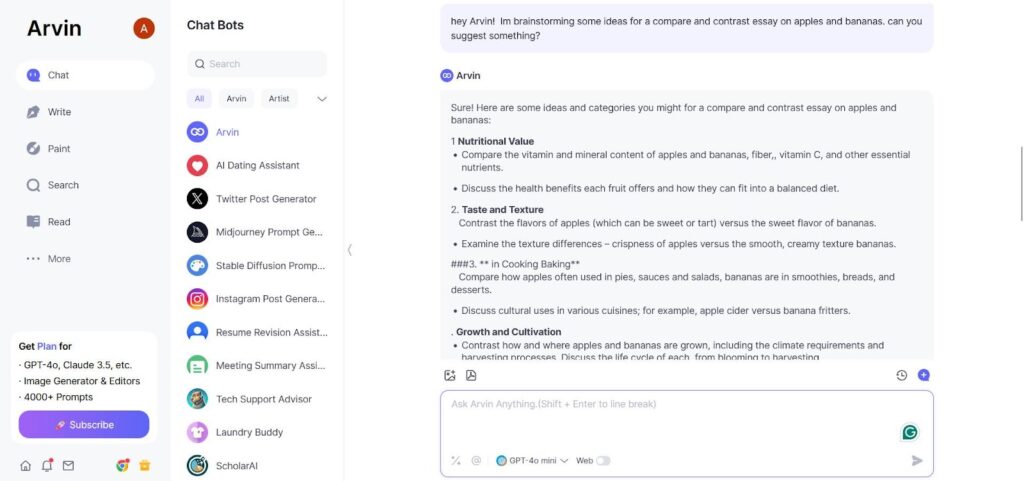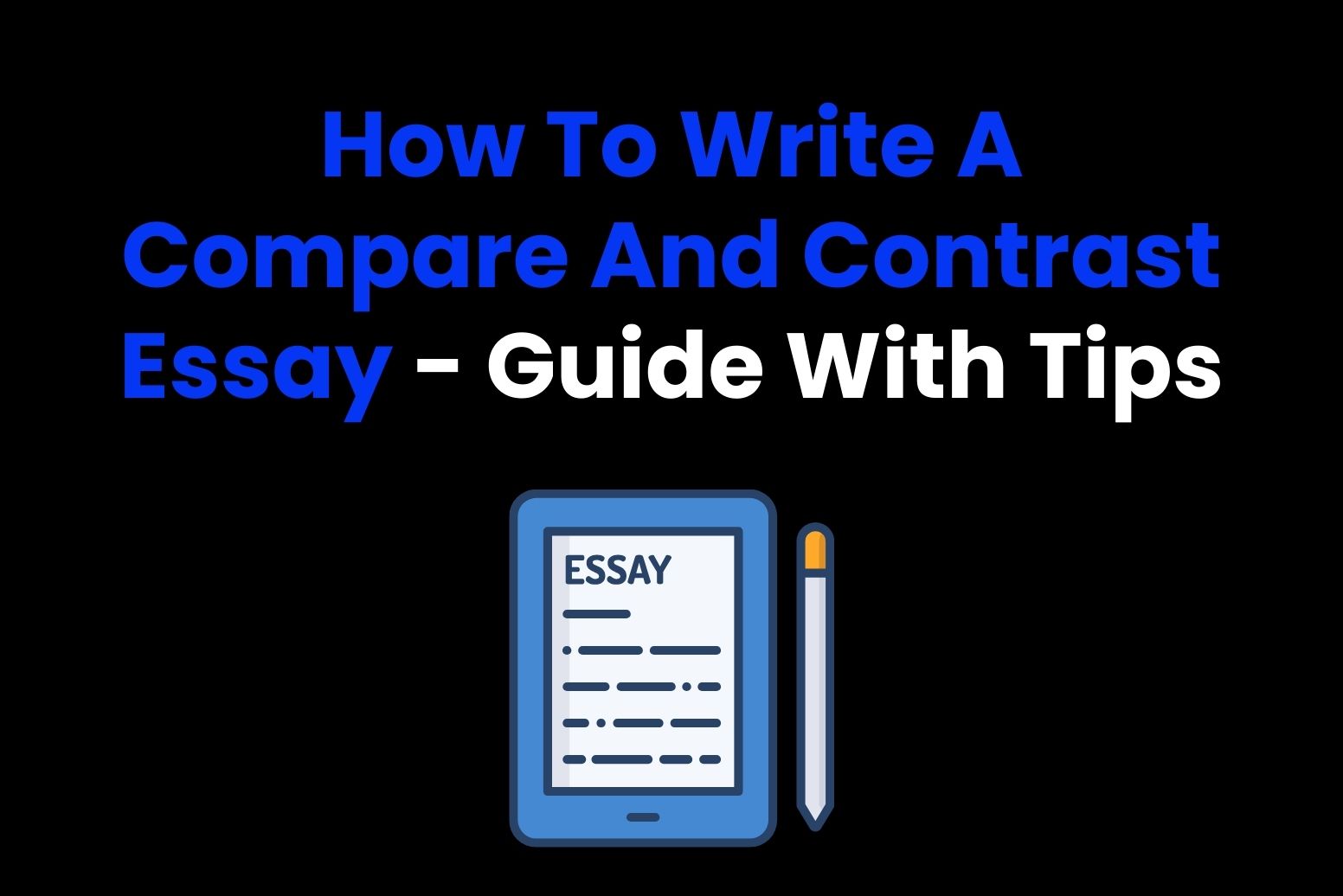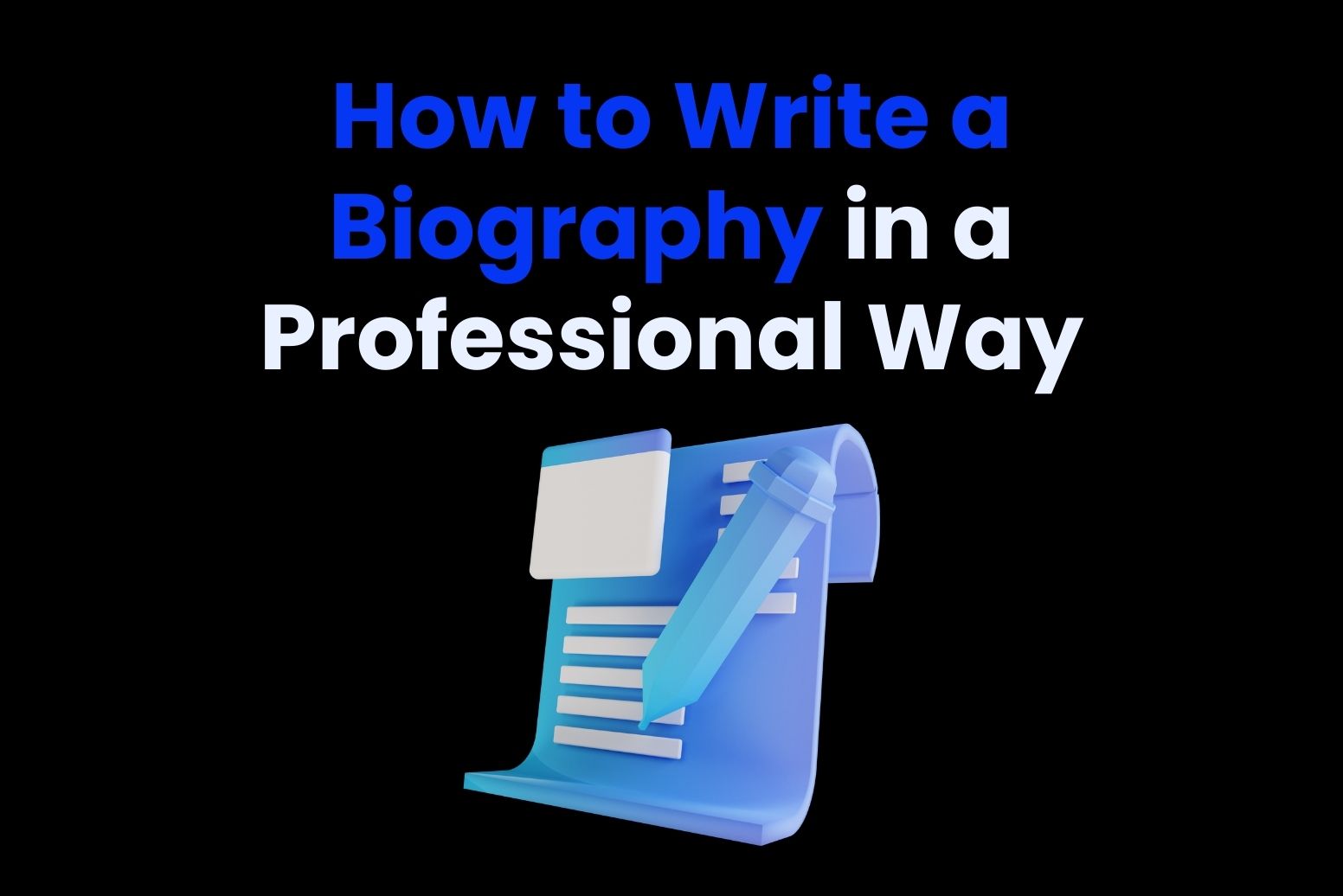Did you know that over 60% of students find essay writing stressful? If you’re one of them, don’t worry—you’re not alone. But here’s the good news: learning how to write a compare and contrast essay doesn’t have to feel like learning a new language.
There are more than 10 different types of essays out there, and you may not know them all, but by the end of this article, you’ll have learned how to ace at least one type. And that type is a compare and contrast essay. So let’s jump in and help you write your first ever (and best ever) compare and contrast essay!

What Even Is a Compare And Contrast Essay?
Alright, let’s break this down in plain, human terms. At its core, a compare and contrast essay is a type of academic writing where you examine two subjects to identify their similarities (compare) and differences (contrast). These subjects could be anything: ideas, people, places, books, or even arguments. Your job is to take two things and figure out how they’re alike (that’s the “compare” part) and how they’re different (yep, you guessed it, that’s the “contrast” part).
Imagine you’re comparing two phones: one has a better camera, but the other has a longer battery life. Your task isn’t just to point out these differences but to explore what they mean. For instance, is a great camera more important for your needs, or does a long-lasting battery hold more value? That’s the essence of a compare and contrast essay. You need to dig beyond the surface to make thoughtful observations.
Why You Should Know How To Write Compare and Contrast Essay
Okay, so why should you care about learning how to write a compare and contrast essay? Well, it’s not just about impressing your teacher (although that’s the point for most of us). Writing this type of essay helps you flex some serious mental muscles.
Think about it: life is full of choices. Should you take the scenic route or the shortcut? Go for that sleek new phone, or save your money? Writing a compare and contrast essay teaches you how to analyze two options critically, weigh their pros and cons, and make an informed decision.
Plus, this skill goes beyond the classroom. Employers love someone who can think critically, compare options, and communicate their reasoning. So, while writing essays might feel like a chore now, you’re actually learning a life skill that’ll help you make big decisions down the road.
How To Write A Compare And Contrast Essay With Proper Structure
Alright, now that we’ve got a solid understanding of what a compare and contrast essay is, let’s talk about how to organize it. Think of your essay like a sandwich – the introduction is the bread that holds everything together, the body is the filling where all the fun happens, and the conclusion is the final bite that leaves a lasting impression. We’ll walk through each of these layers to make sure your essay is structured in a way that’s both logical and compelling. Ready? Let’s dive in!
Introduction: Setting the Stage for Your Comparison
Your introduction is the first thing they see, so you want to make it engaging, informative, and clear. In this part, you’ll need to:
Introduce:
Introduce the subjects you’re comparing. Whether it’s two novels, two political ideologies, or two different types of pizza, your introduction should give your readers a brief idea of what these subjects are. But hey, don’t go into too much detail yet, and try to keep it light.
State Your Purpose:
State the purpose of your comparison. Why are you comparing these two things? What’s the point? This is where you lay the foundation for your thesis. It might sound like: “In this essay, we’ll explore how X and Y are alike in some ways but differ significantly in others, especially when it comes to Z.”

Present Thesis Statement:
Present your thesis statement, and this is the most important sentence in your entire essay. It’s the main idea or argument you’re making about the subjects you’re comparing. It should highlight both their similarities and differences in a clear, concise way. You want the reader to know exactly what they’re going to get in the following paragraphs.
Body: Breaking Down The Comparison
Now comes the fun part: the body paragraphs! This is where you actually dig into the nitty-gritty details of your comparison. You’ll break it down into manageable sections that make it easy for your reader to follow the similarities and differences. There are two main ways to do this, and we’ll look at both later in this article. For now, just remember this:
This type of essay typically falls into two main structures:
- Point-by-Point: Where you discuss each similarity or difference for both topics side by side.
- Block Format: Where you discuss all aspects of one subject first, followed by the other.
Conclusion: Wrapping Up The Comparison
The conclusion is where you tie everything together and leave your reader with a final thought. This is where you get to shine and wrap up the comparison you’ve been making throughout the essay. Here’s what you should include in your conclusion:
Restate Your Thesis:
Don’t just copy-paste it from the introduction. Remind your readers of the main point you were making about the two subjects. But now, it’s clearer because you’ve explained everything in the body.
Summarize The Key Points:
You don’t need to go into detail here but briefly touch on the major similarities and differences you discussed. This helps reinforce your thesis.
Ending Statement:
You could leave your readers with a final reflection on what the comparison reveals. For example: “After comparing these two smartphones, it’s clear that while they share many features, the true choice depends on your priorities: do you value performance or style more?”
Picking the Perfect Subjects
Choosing what to write about in a compare and contrast essay is like picking the main characters in a movie. They need to have enough in common to compare but also be different enough to make it interesting. You wouldn’t compare apples to a refrigerator, right? Instead, you’d compare apples to oranges because they’re both fruits but have distinct differences worth exploring. That makes sense, right?
Here’s the trick: pick topics that make you think. For example:
- Two books by the same author: What’s similar about their themes, and how do their characters differ?
- City life vs. small-town living: What makes each appealing, and what might drive you crazy?
- Two popular diets: Which one’s easier to stick to, and which has better health benefits?
Your subjects should have depth, giving you plenty to analyze. The more you can dig into their similarities and differences, the better your essay will be.

How To Write A Compare And Contrast Essay In Two Winning Formats
Now that you’ve picked your subjects, it’s time to figure out how to present all your amazing ideas. Here’s how to write a compare and contrast essay in two different ways so that you can nail even the toughest compare and contrast essay topics:
Point-by-Point Structure – A Ping-Pong Approach
This structure is often called the “point-by-point” method because you tackle one specific point at a time, comparing how each subject measures up on that point. It’s an active, dynamic way to compare two things—like a back-and-forth game of ping-pong. One point, back to one subject, then back again to the other. It’s all about creating a clear, side-by-side comparison for your readers.
How To Structure A Point-by-Point Essay:
Here’s how to write a compare and contrast essay using the point-by-point approach:
- Introduction:
Start with an introduction to your two subjects, clearly stating the purpose of the comparison and the thesis (what you’re trying to prove or explore).
- Body:
Organize your body paragraphs by key points of comparison. Each paragraph will deal with one aspect of both subjects.
Point #1 (For example: Nutrition)
- Apples: High in fiber, great for digestion, and low in calories. Apples also provide a boost of vitamins A and C.
- Oranges: Packed with vitamin C, great for boosting your immune system, low in sugar, and very hydrating. Oranges also have antioxidants that fight inflammation.
Point #2 (For example: Convenience)
- Apples: Apples are incredibly easy to carry around, don’t require any preparation, and can be eaten on the go.
- Oranges: Oranges need to be peeled, which can make them slightly more inconvenient to eat when compared to apples, but they offer a refreshing burst of juice once peeled.
Point #3 (For example: Versatility)
- Apples: Versatile in both sweet and savory dishes, and can be baked, juiced, or eaten raw. They’re also used to make cider!
- Oranges: Also versatile in cooking, particularly for juices, zesting, or adding to salads. They’re often used in cocktails or as flavorings in desserts.
- Conclusion:
Summarize the key points discussed in the body and restate how the subjects compare based on the points you’ve analyzed. You might also end with a recommendation or personal opinion if the assignment allows.

Why The Point-By-Point Structure Works Well:
- It keeps the comparison focused and organized, ensuring that each individual point is clearly addressed.
- It’s easy for the reader to follow along because it directly connects each aspect of the two subjects.
- It’s especially effective when your subjects are very similar but you need to highlight the nuances of their differences.
Block Format: A Deep-Dive Approach
The block format is often referred to as the “subject-by-subject” format because you dedicate a whole block of paragraphs to one subject, followed by the same block for the second subject. It’s a bit like telling two separate stories, each about one of your subjects, before tying them together in your conclusion.
How To Structure A Block Format Essay:
Here’s how to write a compare and contrast essay using block format:
- Introduction:
Begin with an introduction that explains the two subjects being compared, the importance of the comparison, and your thesis statement.
- Body:
Organize your body into two large sections: one for each subject. Within each section, you’ll discuss the same points, but for only one subject at a time.
Subject #1 (For example: Apples)
- Point #1 (Nutrition): Apples are a fantastic source of fiber, particularly soluble fiber, which supports heart health. They also have vitamins A and C, which help boost the immune system.
- Point #2 (Convenience): Apples don’t require peeling or preparation. Just grab, wash, and eat. They can easily fit into a lunchbox without creating a mess.
- Point #3 (Versatility): Apples are super versatile, used in pies, tarts, sauces, and even juices. You can bake them, stew them, or eat them raw.
Subject #2 (For example: Oranges)
- Point #1 (Nutrition): Oranges are best known for their vitamin C content, which helps boost immunity and improve skin health. They’re also rich in fiber and potassium.
- Point #2 (Convenience): Oranges need peeling, which can be messy, and they sometimes require extra effort to split into segments, but they’re refreshing and hydrating once you’re done.
- Point #3 (Versatility): Oranges can be used for their zest or juice, in desserts, as a topping for salads, and are a popular ingredient in refreshing beverages like mimosas.
- Conclusion:
Wrap up your analysis by comparing both subjects across the same categories discussed in the body. Summarize your findings and emphasize the differences that matter most. You can also state your personal preference or give a final verdict on which subject is superior in certain areas.
Why The Block Format Works Well:
- It allows you to give more detailed information about each subject without interruption. It’s great for when your subjects are more complex and need thorough exploration.
- It lets you explore one subject fully before diving into the next, which is a more in-depth approach.
- It’s helpful when your comparison isn’t about small differences but rather about how each subject stands out in various categories.

So, Which Structure Should You Choose?
The answer depends on your topic and your audience:
- If your essay is shorter or your readers want a quick, clear comparison, go for point-by-point.
- If you’re tackling a detailed analysis of your subjects that need extra depth, the block format is your best friend.
Whichever structure you choose, make sure your transitions are smooth. Phrases like “on the other hand,” “similarly,” and “in contrast” are your secret weapons to keep everything flowing naturally.
FAQS About How To Write A Compare And Contrast Essay
Here are a few of the most frequently asked questions about how to write a compare and contrast essay:
How many subjects should I compare?
Typically, you’ll want to compare two subjects in a compare and contrast essay, as this keeps the focus clear and manageable. Comparing more than two subjects can make the essay feel rushed or disorganized.
However, if you have a valid reason (such as a larger topic that requires a comparison of multiple elements), you could compare three or more. Just make sure that your essay doesn’t get too complicated and that you can maintain clarity and balance between all the subjects.
How do I handle complex subjects in a compare and contrast essay?
When dealing with complex subjects, it’s crucial to break them down into manageable chunks. Start by focusing on specific aspects of the subjects rather than trying to compare them in their entirety. For example, if you’re comparing two different political systems, focus on aspects like governance, individual freedoms, or economic systems.
How can I improve my writing process for a compare-and-contrast essay using an AI tool?
To speed up your writing and ensure your ideas are clear, using a writing assistant like Arvin AI can be a game-changer. It can help with brainstorming the best discursive essay topics, sentence structuring, and even generating alternative ways to phrase your ideas. Whether you’re stuck in the middle of drafting or need help polishing your conclusion, Arvin AI can provide the support you need.

Can I include my personal opinion in this type of essay?
In a compare and contrast essay, your personal opinion should be handled carefully. While you can share your perspective, the focus should be on objective analysis and facts. That said, it’s fine to make an evaluative statement in your conclusion, as long as you’ve supported it with clear, reasoned arguments throughout the essay.
How do I create smooth transitions between paragraphs?
Smooth transitions are key to keeping your essay flowing naturally. To create smooth transitions, use transition words or phrases that guide the reader from one point to the next. Some examples include:
- “On the other hand…”
- “In contrast…”
- “Similarly…”
- “While X offers… Y excels in…”
Take Home Message
And there you have it; you’ve unlocked the secrets of how to write a compare and contrast essay that’ll have your readers nodding in agreement! From picking the right subjects to structuring your essay in a way that’s as smooth as butter, you’re now ready to tackle this essay like a pro. Remember, the key is to keep things balanced and organized, whether you’re diving into the similarities, contrasting the differences, or just having fun finding connections between two totally different things.
And hey, if you’re looking to level up your writing game, why not use an AI writing assistant like Arvin AI to give you an extra boost? Whether you need help brainstorming college essay topic ideas, refining your sentences, or just ensuring your essay flows smoothly, Arvin AI can be your secret weapon. Happy comparing and contrasting!





